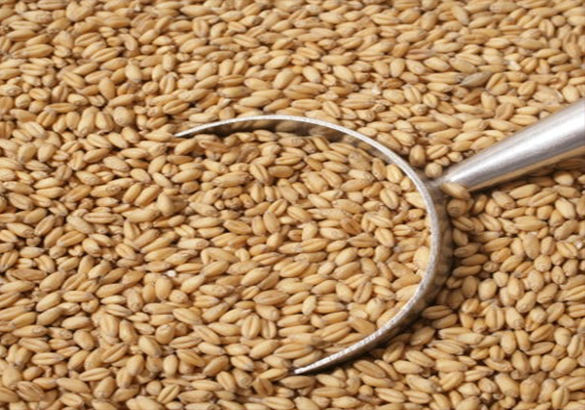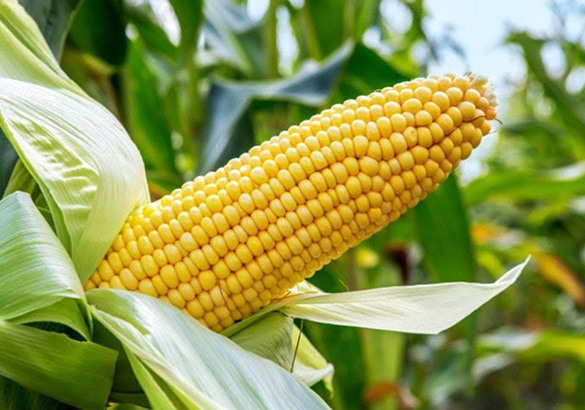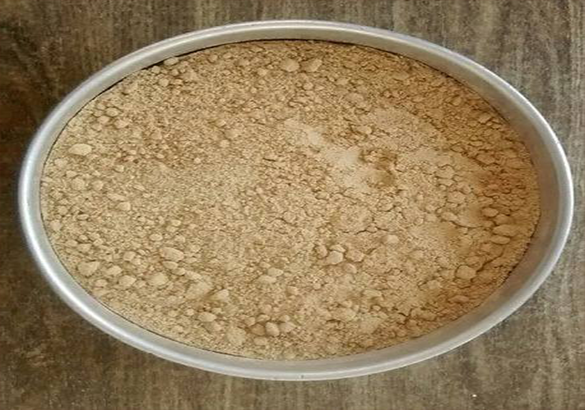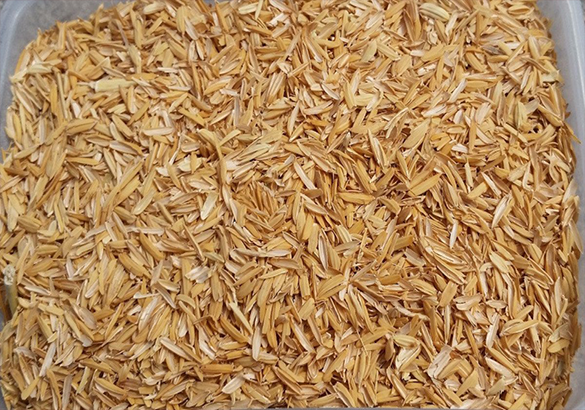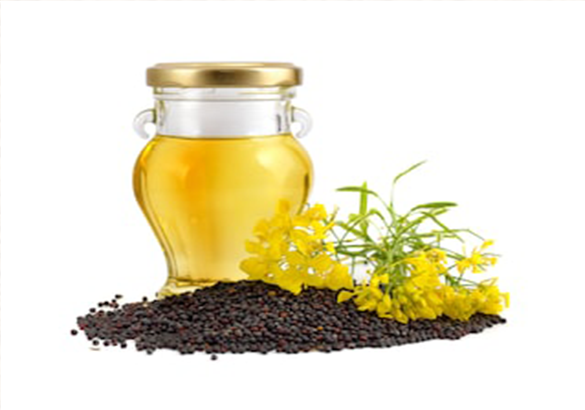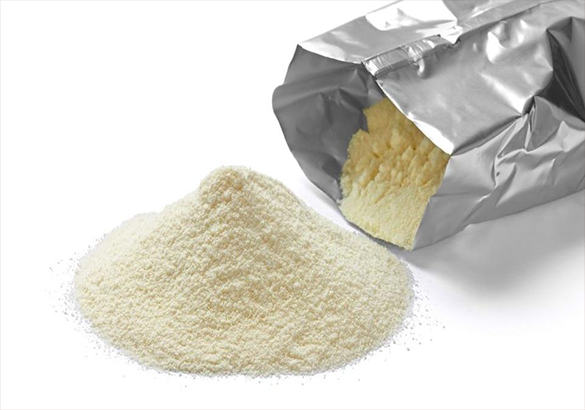Sugar
Sugar is the generic name for sweet-tasting, soluble carbohydrates, many of which are used in food. The various types of sugar are derived from different sources. Simple sugars are called monosaccharides and include glucose (also known as dextrose), fructose, and galactose. “Table sugar” or “granulated sugar” refers to sucrose, a disaccharide of glucose and fructose. In the body, sucrose is hydrolysed into fructose and glucose.
India ranks second (Brazil comes first) in sugar production and consumption. India’s production is expected to rise to 24.5 million tonne although the annual demand is 22 million tonne. Sugar producing states are Uttar Pradesh (24%), Maharashtra (20%), Gujarat, Tamil Nadu, Karnataka and Andhra Pradesh. There are 453 sugar mills in India of which 252 are co-operatives, 134 are private, and 67 are public sector mills.
Sucrose is used in prepared foods (e.g. cookies and cakes), is sometimes added to commercially available beverages, and may be used by people as a sweetener for foods (e.g. toast and cereal) and beverages (e.g. coffee and tea).
Sugars are found in the tissues of most plants, but are especially concentrated in sugarcane and sugar beet, making them ideal for efficient commercial extraction to make refined sugar. In 2016, the combined world production of those two crops was about two billion tonnes. But in India, sugarcane is the main source of sugar. At present, this is the second largest agro-based industry of India after cotton textile industry.
In India we have majorly three form types of sugars based on the sizes as S-31, M-31 & L-31. Here S stands for Small, M stands for Medium and L stands for Large size of sugar grains. Based on refining it is divided in two segments refined and sulphated. Here refined means mechanically refined in refinery and sulphated means refined using Sulphitation process (involves use of Sulphur dioxide SO2 twice).
At d n a Commodities & Grains Co. we deal in all varieties if sugars, we have repacked Sugar based on our quality assessments to meet customers’ requirements and it comes as “Simply Sugar” in 2 kgs and 5 kgs pack. We are supplier for J & K, HP, Punjab, Haryana, NCR and Rajasthan. Any trader or wholesaler if interested to buy any quantity from anywhere may please contact us @ 96138 97138.



